History of Sargadelos

Foundation
1806 – 1809
Every story has a beginning. Ours begins in 1806, when Antonio Raimundo Ibáñez, the Marquis of Sargadelos, embarked on a project that would forever change the landscape of Galician industry and art.
After developing innovative activities for the time, such as maritime trade routes, the constitution of the Royal Maritime Company or the creation of a powerful steelworks that revolutionized 18th century Spain, Antonio Raimundo Ibáñez opened a pottery factory in SARGADELOS, Cervo (Lugo), which allowed him to develop his refined taste for the Plastic Arts, taking advantage of the kaolin deposits existing in the area.
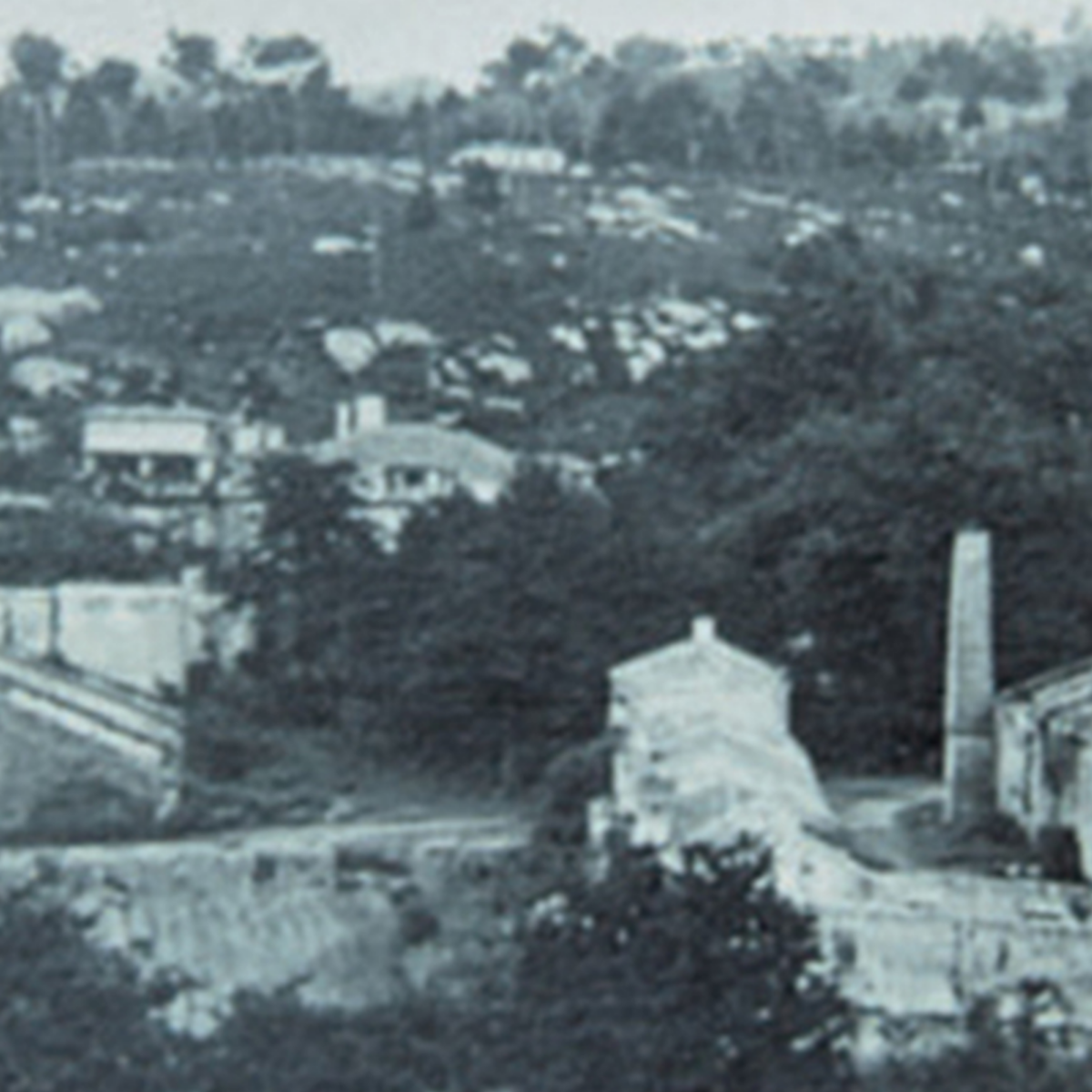
First period
1809-1832
José Ibáñez, the founder's son, with the help of his uncles and his wife, Anita Varela, expanded the original factory by installing three production kilns and building several workshops with more than 25 kilns. Production rose to 20,000 pieces of pottery per year by the early 1930s.
These pottery ware was characterized by its white color, its creamy or slightly bluish glossy glaze, and its neoclassical style inspired by English Bristol pottery. The first hand-painted pieces date from this period.
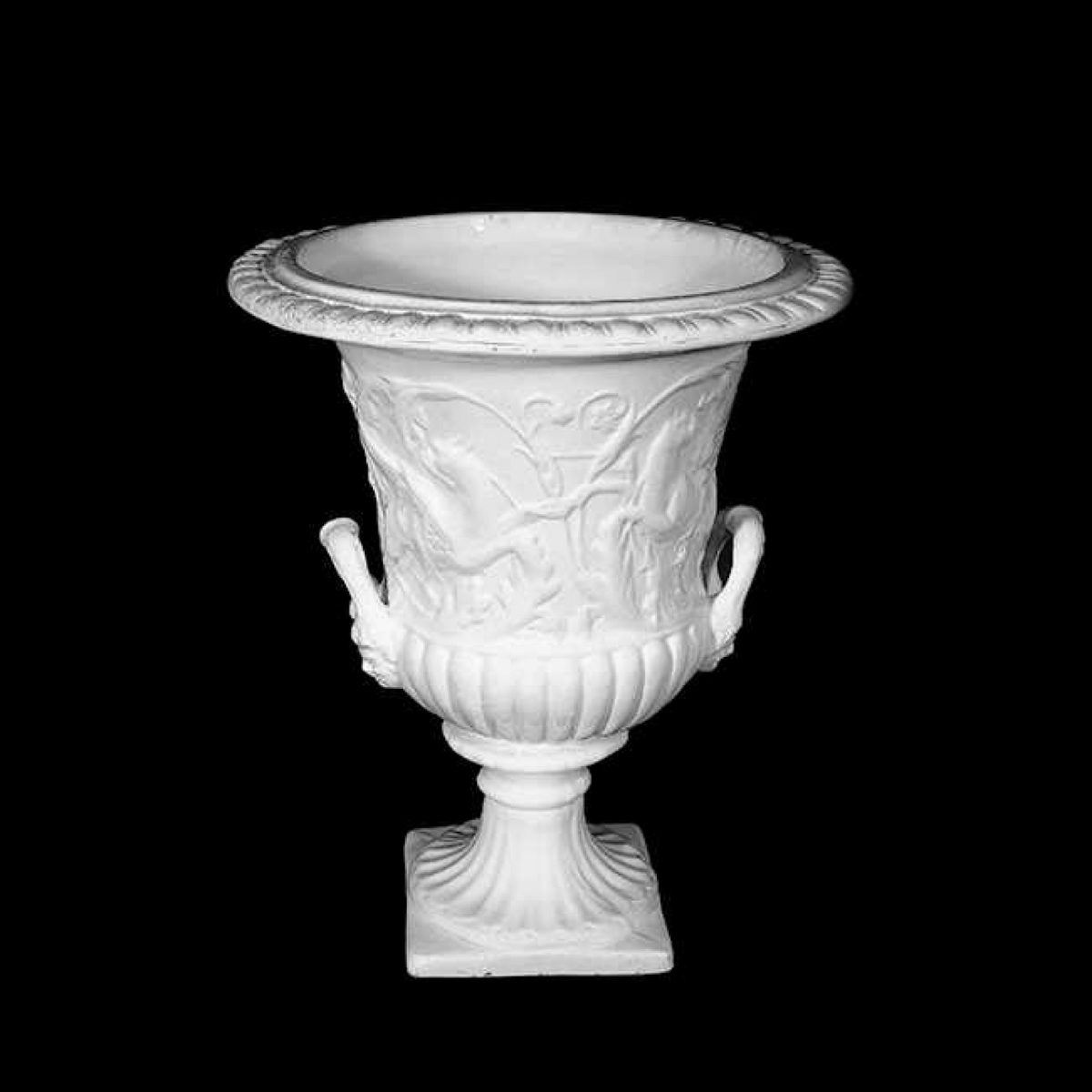
Second period
1809-1832
In 1835, José Ibáñez partnered with Antonio Tapia to form the company Ibáñez y Tapia. Under the direction of Frenchman M. Richard, they focused on the production of fine hand-painted white earthenware. They also undertook the first attempts at printing and polychromy. Pieces featuring traditional, mythological, and religious motifs are notable from this period.

Third period
1870 - 1875
In 1845, Luis de la Riva y Cía, from Santiago de Compostela, leased the administration of SARGADELOS to the Ibáñez family, beginning the company's first golden age: 1,000 families arrived to work in the factory in 1849.
Under the direction of British designer Edwin Forester, unbeatable quality was achieved in tableware and figurines, adding variety in both design and color, with outstanding monochrome prints and the impregnation of color in the backgrounds of the white and slightly blue tableware pieces.
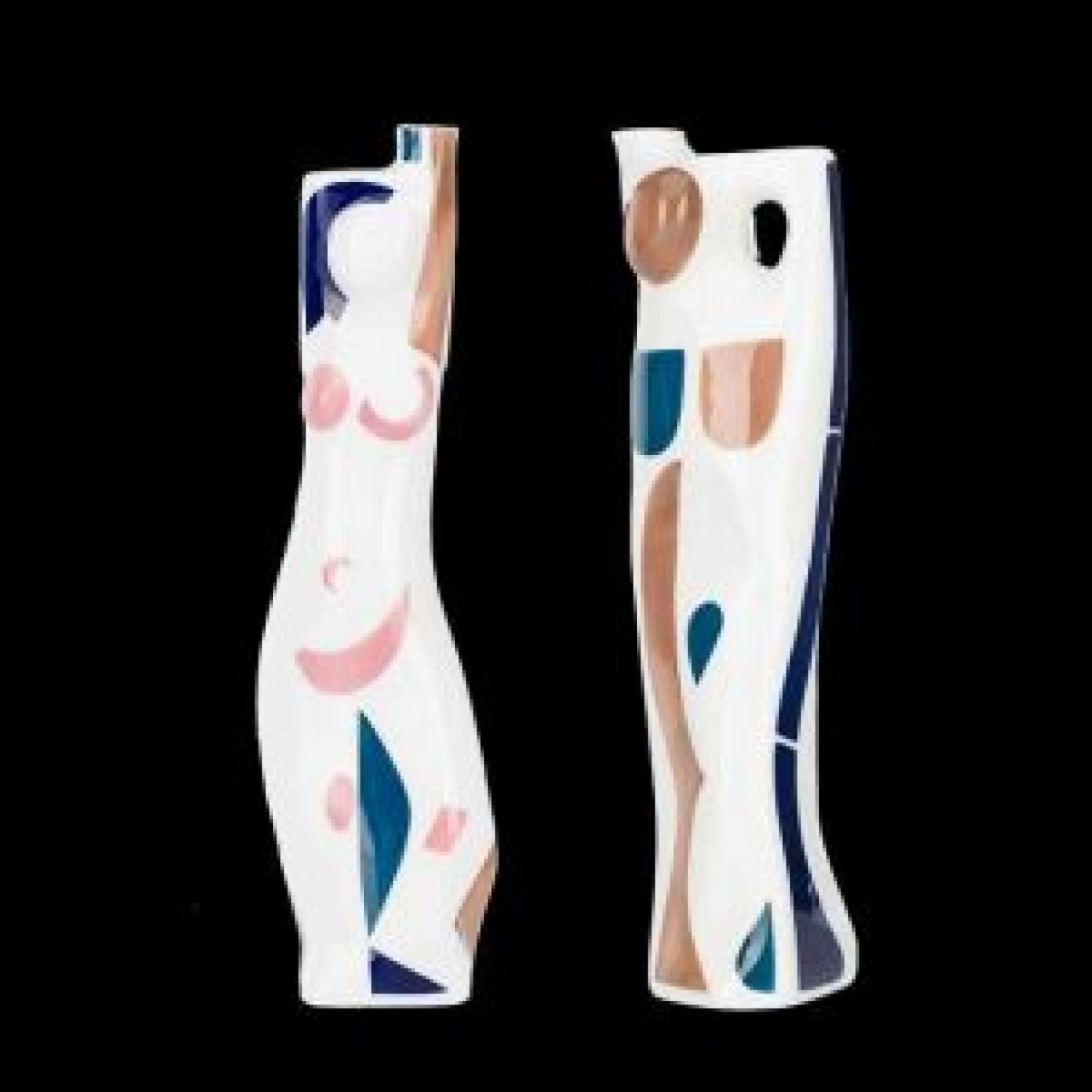
Fourth era
1870 - 1875 The Samoedo hill fort
In 1873, in association with Atocha and Morodo from A Coruña, the Ibáñez family took over management of Sargadelos. They unsuccessfully attempted to reproduce the quality of the previous era, halting investment in new facilities and dispensing with foreign ceramic experts. The lawsuits caused by the Ibáñez family led to the closure of Sargadelos in 1875.
Despite everything, a century later, in 1972, the perimeter of the old factories was declared a Historic-Artistic Site due to the beauty achieved in its workshops and the rich cultural legacy it had imprinted on the society of the time and on future generations, turning Sargadelos into a true myth with a place reserved for it in the collective memory.

A new era
1949 - 21st century
In 1949, Isaac Díaz Pardo opened a ceramics workshop that soon became the Cerámica do Castro industrial complex. After some time experimenting with new techniques and designs, he decided to reproduce original figures by visual artists using Galician clays, which produced a fine, translucent paste of great hardness and whiteness, giving the porcelain its high quality.
Diaz Pardo's artistic and entrepreneurial interests led him to Argentina, where he met Galician exiles, including the magnificent painter Luis Seoane. Although these experiences were not very lucrative at the time, they served to spark the interest of Galician intellectuals exiled from the Spanish Civil War in the economic and cultural recovery of Galicia, which materialized in 1963 with the creation of the Laboratorio de Formas (Laboratory of Forms).
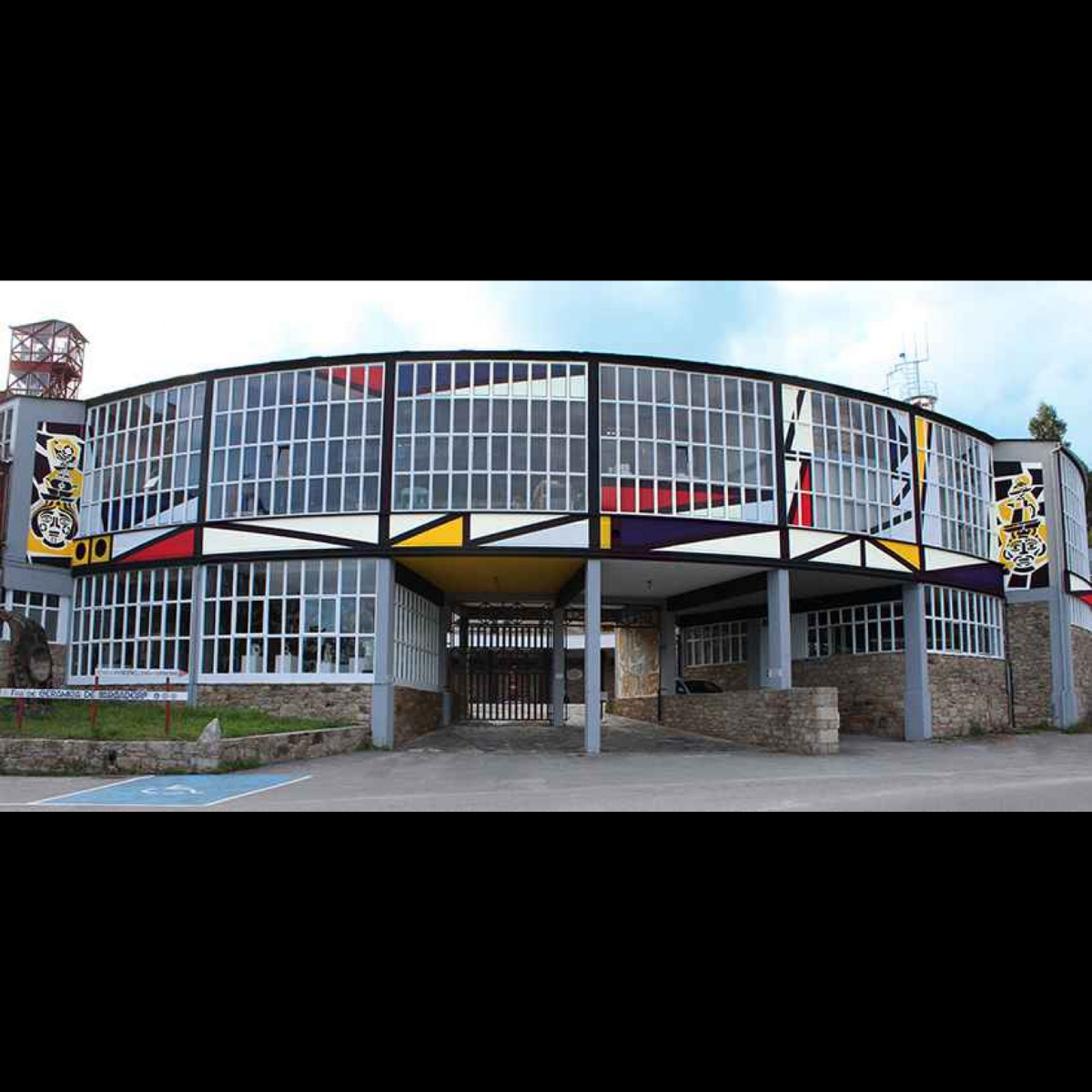
Sargadelos
Today
Currently, SARGADELOS has two production plants employing more than 150 people. It has 15 exclusive distribution points, seventy home decor stores, and multi-brand jewelry stores in Spain, Asia, and the Americas. Along with its industrial and commercial activities, SARGADELOS carries out important work to disseminate and promote Galician culture, primarily among the youngest talents in the arts and literature.
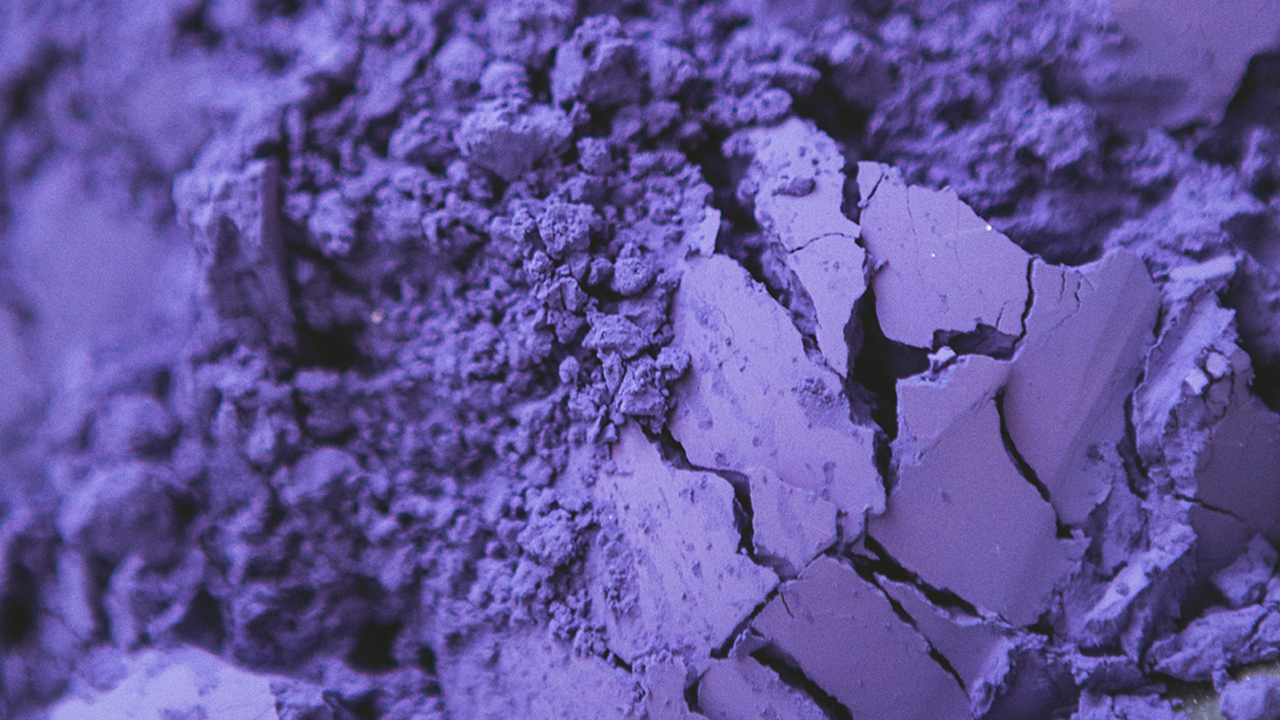
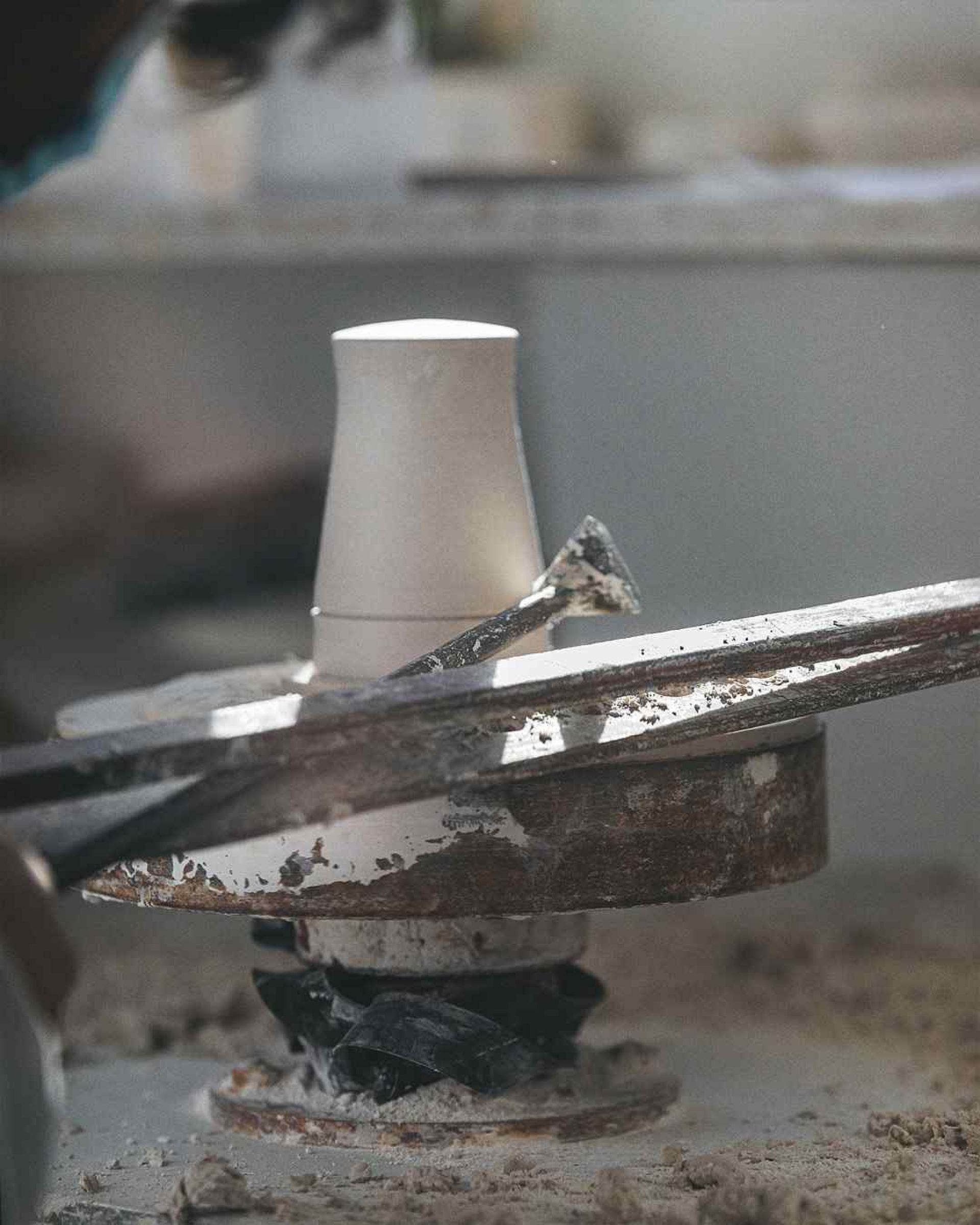
Our philosophy
We are SARGADELOS. Our history dates back to 1806, with the founding of the first factory in Galicia, in northwestern Spain, making it one of the oldest in Europe.
Since then, with a true obsession for technique and detail, we have manufactured the highest-quality porcelain that has made us an icon. The tension between traditional culture and cutting-edge design has been essential in the evolution of our porcelain.
Our master craftsmen collaborate with the most innovative designers to create diverse pieces with a unique, unmistakable, and inimitable personality. Our items are not only made to last. They are also made to help your environment last.
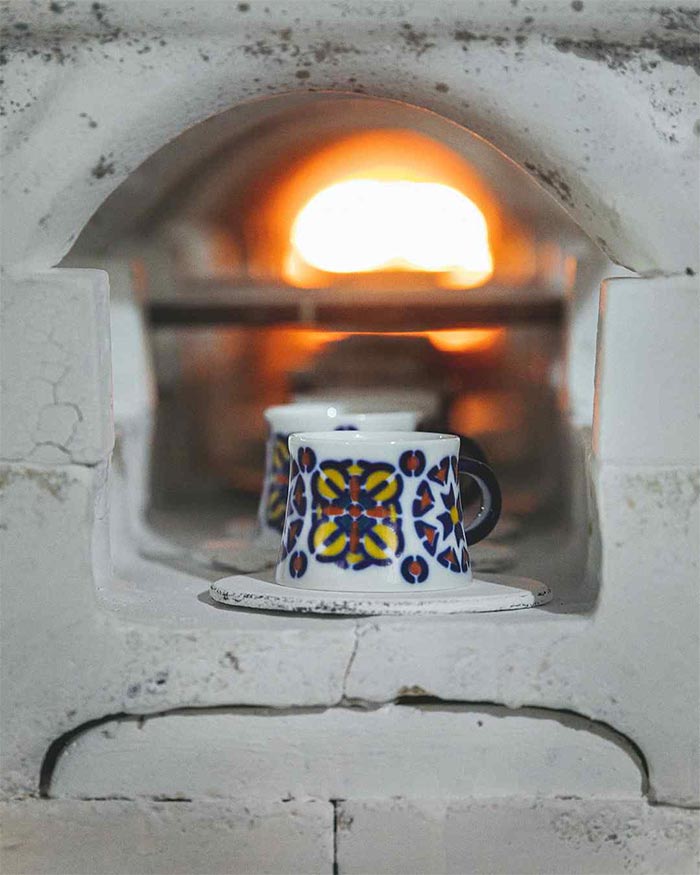
Approach
Under a completely sustainable approach, we include processes that ensure a positive impact on the world:
- We reuse our collagen pastes once they have been filtered.
- We optimize the consumption of our machines.
- We use the residual heat from our ovens to acclimatize our manufacturing plants and drying rooms.
- Only natural gas and clean fuels are used in factories.
- The gray cardboard we use in the manufacture of the boxes is fully recyclable, as the color is applied with smoke and natural ingredients.
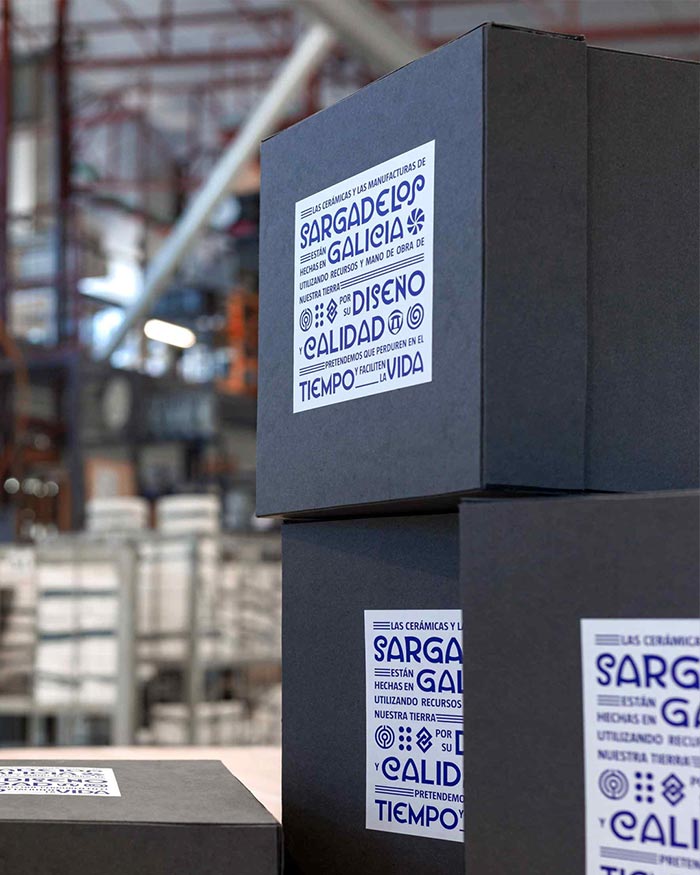
- Aware of the impact plastic has on the oceans, Sargadelos has eliminated it from its entire distribution chain.
- We return the leftovers to the milling process.
- We are investigating the use of more environmentally friendly pigments.
- We prioritize local or domestic suppliers over foreign alternatives, promoting local economic growth.
- Sargadelos constantly re-evaluates and reinvents its packaging to ensure minimal impact on nature.
- All paper and cardboard used is FSC certified.

